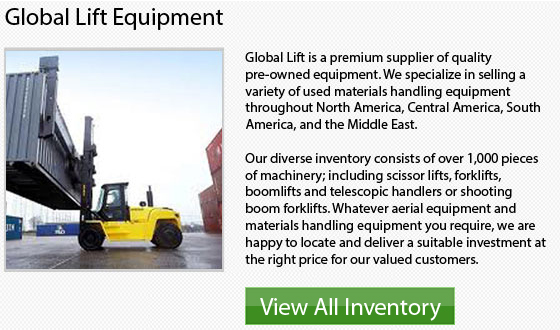
There are 7 different classes of forklifts offered on the market. Some classes, including IV, III, II and I are specifically designed and engineered to be used on smooth indoor surfaces. They can be chosen for specific aspects of recycling that occur in those kinds of environments. For more rigorous outdoor recycling applications, categories V and VII forklifts are normally utilized.
There are many company operations which work outdoors and have to deal with extreme workloads. Their forklift selection would gravitate toward Internal Combustion equipment in Class VII and Class V. These models work really well in any kind of climate and have sufficient power to run heavy objects during the course of a shift.
A different key factor to take into account is to use a forklift safely. Understanding and acknowledging the center of gravity is essential when operating a lift truck, especially when traveling on uneven terrain. Recognizing the stability triangle in these difficult work conditions is also very important.
Warehouses, manufacturing operations, and the supply area for many textile firms can have various types of reach trucks. Using a reach truck to store finished goods on pallets, a range of materials and other pieces of equipment is common. These machinery help to keep a facility organized and allow them to utilize the maximum amount of space by stacking vertically. Reach trucks are quite easy to utilize. They could help make better use of both time and available storage space.
It is extremely recommended to buy a new forklift if you are going to need the lift truck for 4 to 8 hours per day. With such continuous utilization, the warranty alone can come in handy. If, however, you are only unloading and loading not very often or on a bi-weekly basis, then a used model may be suitable for your needs. Every situation is different and you must evaluate your individual requirements before picking a suitable equipment.